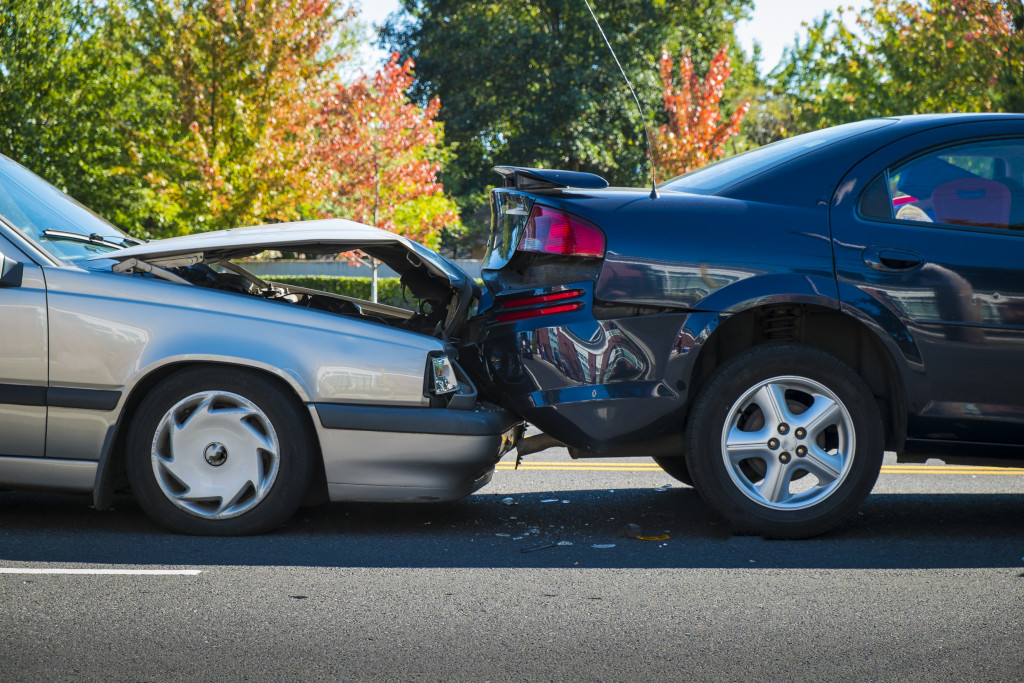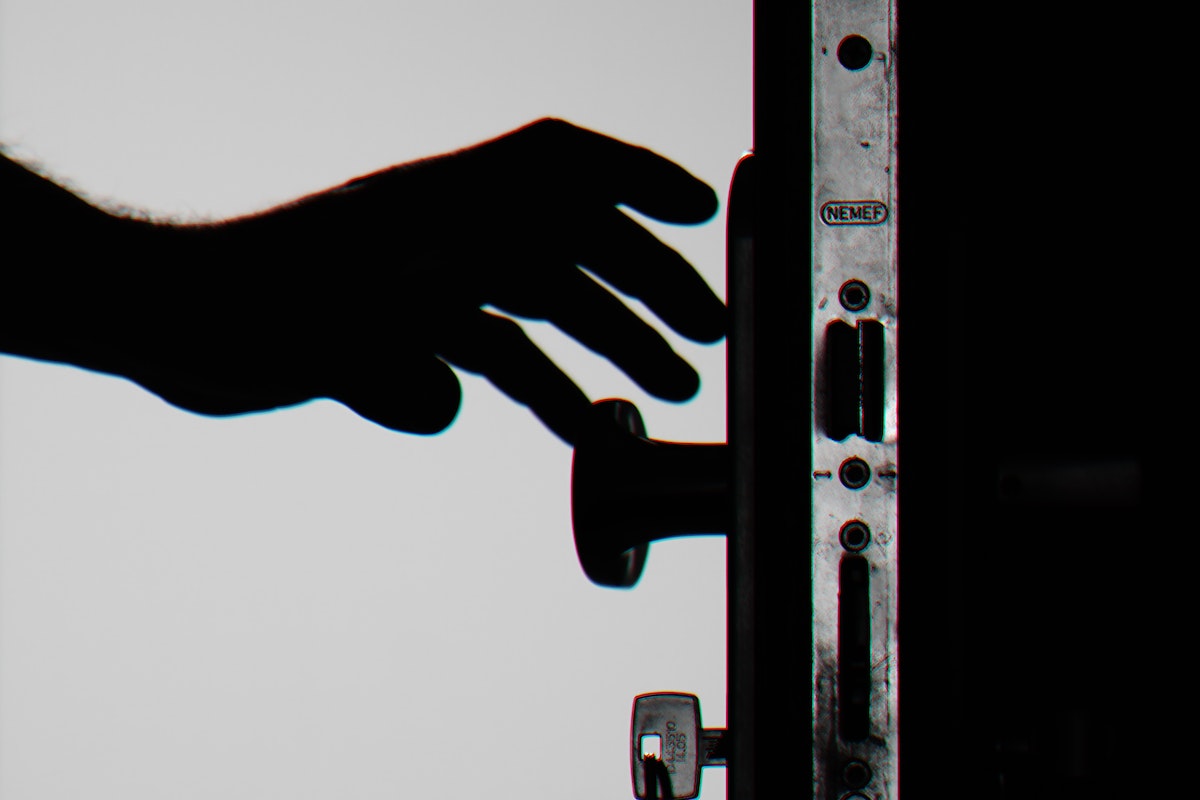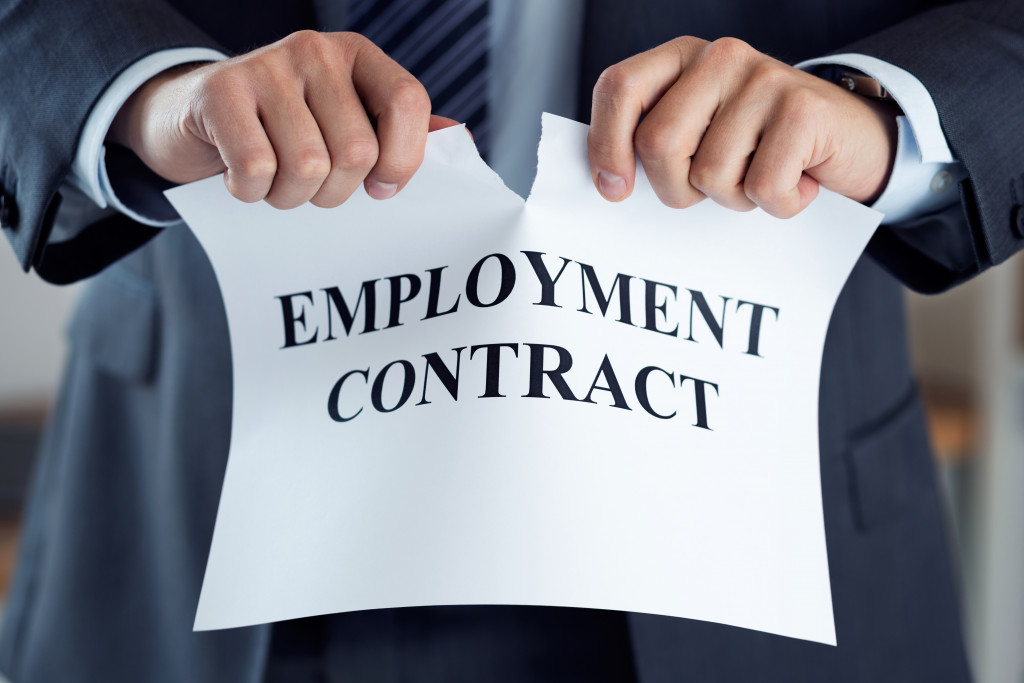As more and more people are going cashless, cashless payment options like digital wallets, debit cards, and credit cards are becoming more popular. Credit cards are one of the first forms of cashless transactions and are used by 183 million Americans of various generations.
Credit cards can reduce your losses in cases of mugging or snatching. Unfortunately, it may be at risk of a different kind of theft: credit card fraud. But just how frequent are credit card fraud crimes committed and how often do credit card frauds get caught? And more importantly, how can you avoid becoming a victim? Here’s what you need to know.
What Is Credit Card Fraud?
Credit card fraud is when someone uses your credit card to purchase items or services without your knowledge. They can do this in many ways.
Stolen or Lost Credit Card
If a thief steals your wallet, they won’t have a lot to take if you’ve gone cashless and only keep spare change. But if they have your credit card, they can use it to make online or in-person transactions until you report the card as stolen.
It’s also possible for you to misplace or drop your credit card somewhere. If someone finds it, they may try to use it for their own purchases. This is more dangerous as it may be a while before you realize your card is lost. By the time you report it as missing, they might have already made substantial purchases.
If you’re ordering a new credit card, there’s a risk that your credit card can be stolen from your mailbox, especially if it doesn’t have a lock. This is why some banks and credit card companies have their own in-house delivery people who are required to personally hand the credit card to the credit card holder (who must also present a valid ID to prove identification).
Stolen Credit Card Information

Credit card fraudsters can use your card even if the card remains in your possession the whole time. All fraudsters need are your credit card number, security PIN, and the security code at the back of your card. They can make online transactions and other purchases where only the card info is needed.
Fraudsters can steal your credit card information through various means. If they can get hold of your credit card temporarily (e.g. restaurants, retail stores) they can run it through a device called a “skimmer,” which they can use to take your info and make a duplicate card. Luckily, now that modern credit cards have EMV chips, this has become more difficult for fraudsters to do.
Identity Theft
They can commit credit card fraud by committing identity theft. They illegally obtain information like your name, birthday, address, Social Security number, and more.
This is enough for them to open new credit cards under your name, convince your current credit card company that they’re you, say that you’ve changed addresses, or do anything to benefit them while leaving you with the bill.
How High Are the Risks of Credit Card Fraud?
The risks are pretty high. If you have limited funds, someone making purchases in your name can damage your finances. It can be a difficult process trying to prove that those weren’t your purchases. Federal law protects consumers from having to pay unauthorized purchases, but even if you do prove you were a victim of credit card fraud, it can be difficult to prove which purchases are yours and which aren’t. This is especially true if fraudsters manage to sneak several purchases under your nose without your notice or if they purchase from stores where you frequently purchase.
In 2018, $24.26 billion was lost globally due to credit card fraud. The US led as the country with the most credit card fraud incidents, accounting for over 38% of credit card losses. This is an 18.4% increase from 2017. There were over 157,000 credit card fraud reports, almost thrice the number of reported incidents four years prior.
How Often Do Credit Card Frauds Get Caught?
Given the fact that more credit card fraud crimes are reported and that banks and credit card companies are switching to EMV-chip cards to reduce the risk of credit card fraud, it’s possible that credit card fraud is becoming more and more difficult and more fraudsters are getting caught.
Now that credit card holders know the various ways their cards can be stolen and used, they’re taking extra steps to ensuring their credit cards and private information are safe.
How Likely Am I Going to Be a Victim?
Surprisingly, credit card theft and fraud can be done by both a stranger or a family member who has access to your credit card. There have been reported cases of kids making unauthorized purchases with their parents’ credit cards. In fact, over 20% of primary-school-aged children know how to use their parents’ credit card details to make online purchases.
And in 2014, for example, the Federal Trade Commission ordered Apple to pay at least $32.5 million in refunds to parents whose children used their parents’ credit cards without consent to make in-app purchases in children’s games as high as $2,600. The class-action lawsuit by parents claimed that they weren’t informed that when they placed their password to make one purchase, there was a 15-minute window where children could make more purchases without the need for re-entering the password, allowing them to make additional purchases.
According to Billy Pinilis, a consumer fraud lawyer in New Jersey, says that this type of scenario does count as credit card fraud because it was an unauthorized purchase, but not something worth going to the police over. Some credit card companies may refuse to reimburse the money, but if it were to go to a trial, it would be the company’s responsibility to prove that it was authorized.
For credit card fraud for strangers, it would be difficult to be a credit card fraud victim unless you are careful where you put your credit card and the online businesses you give your credit card information to.
How to Avoid Credit Card Fraud

There are measures you can take to reduce your risk of becoming a victim of credit card fraud. These include:
- Keeping your wallet secure in your bag. Always make sure your card is in your wallet after every purchase. If you’ve gone shopping, always make sure your card is in your wallet when you arrive home.
- If your bank or credit card company has a mobile app or an online website where you can track your purchases, always check back frequently to ensure all those purchases are yours.
- Never carry all your credit cards at the same time. If your wallet gets stolen, you may forget to call one of the credit card issuers to report the theft.
- Never provide credit card information to non-reputable online stores or online shops with no security measures.
- Keep your personal documents like your Social Security Number in a secure envelope at home. Keeping it in your wallet may allow someone to find it and use it.
- If your wallet gets stolen, the first thing you should do is call your credit card issuer and report it as stolen. Any attempt to use the card after will not push through.
You may risk becoming a credit card fraud victim at least once in your life. It could hurt you financially, so it’s best to prevent it from happening by being careful with both your credit card and personal information that could make you at risk of fraudsters.







